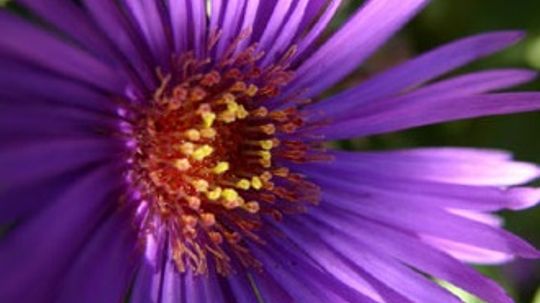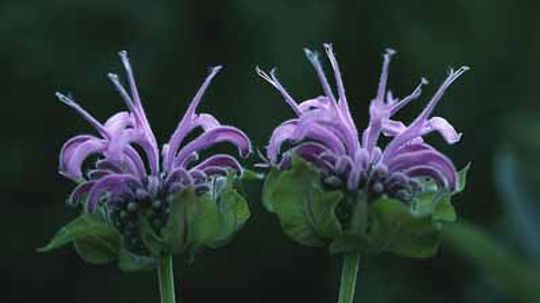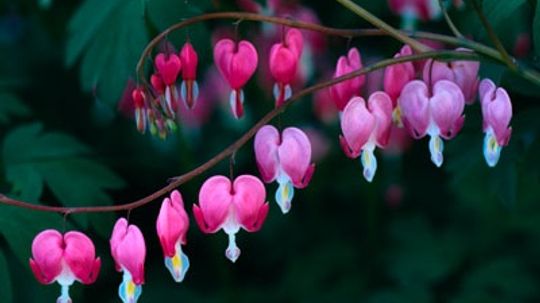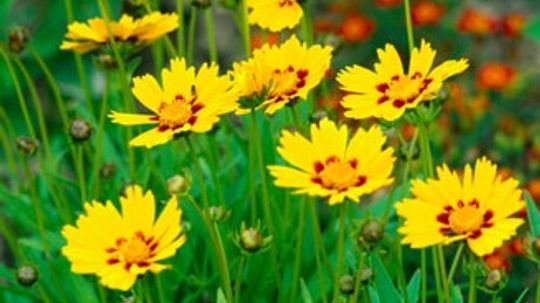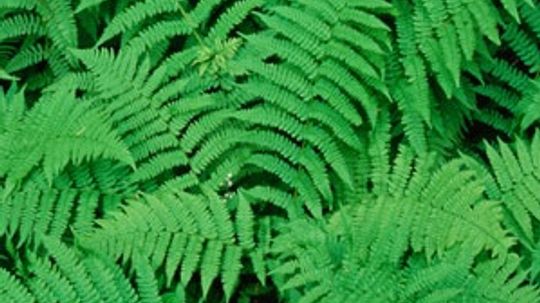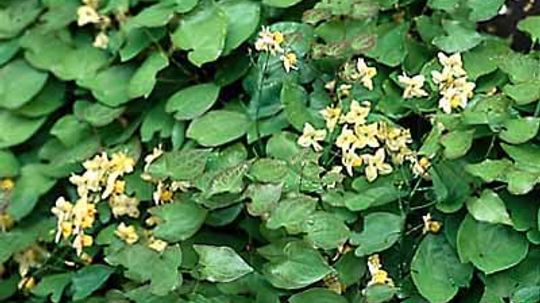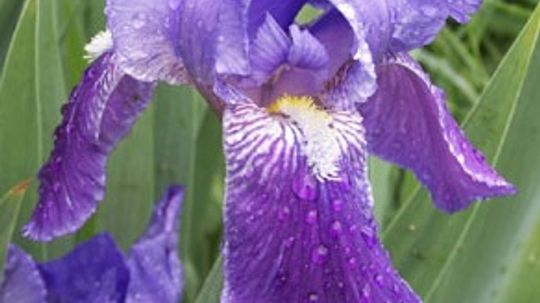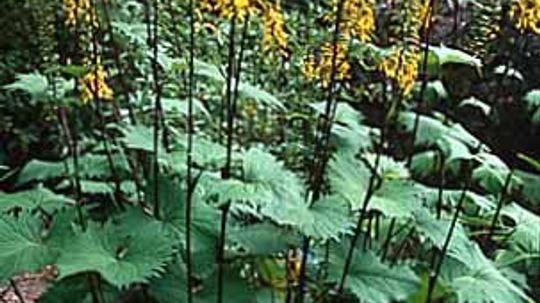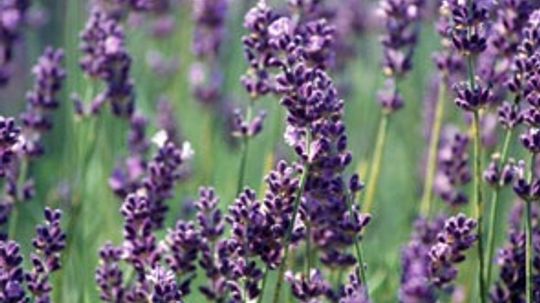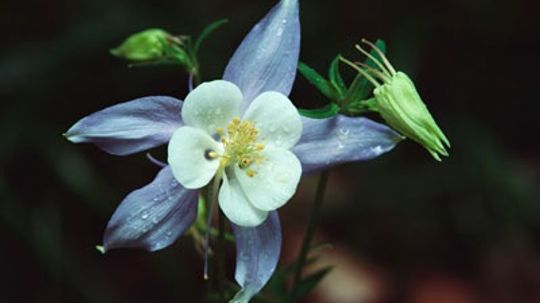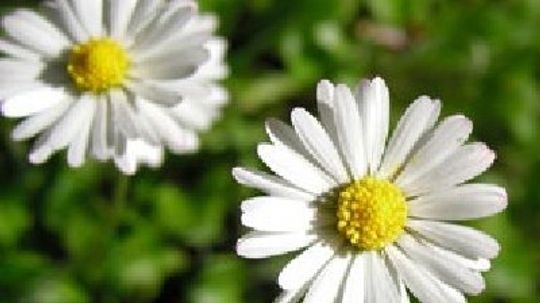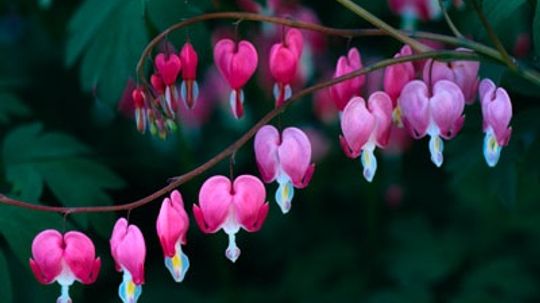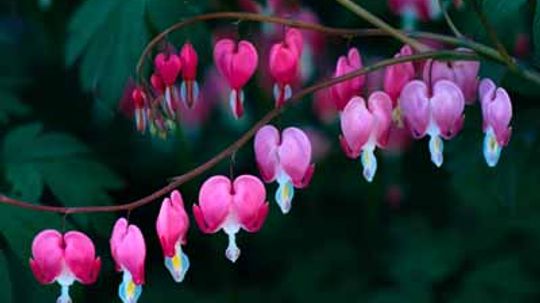Perennial Gardens
Perennial gardens can produce lovely results year after year. Learn how to plan for, plant and care for perennial gardens.
Learn More / Page 2
Aster, or michaelmas daisy, is a North American flower that grows in wayside places with no care at all. You'll find garden asters in many sizes and colors. Find out about these perennial flowers.
Bergamot are hardy perennials considered garden favorites for decades. Sturdy stems are topped by crowns studded with lipped flowers. Find out more about these flowers, beloved by butterflies and hummingbirds.
Bleeding heart, a poetically named perennial flower, has heart-shaped pendant pink or white flowers with spurs at the base and attractive fernlike foliage. Find out about this garden favorite member of Dicentra.
Advertisement
Several coreopsis species are popular in the garden, all of them sporting bright daisylike flowers. These perennials bloom pink, orange, and yellow flowers. Learn to grow this great drought-resistant flower.
Ferns are perennials grown for their ability to thrive where less-hardy plants can't. Some are evergreen, while others die down in fall and return in spring. Learn more about versatile ferns.
Low-growing foliage of great distinction and spring flowers make epimediums, also known as bishop's hat or barrenwort, a good choice. Flowers in soft colors sometimes bloom before plants leaf out. Learn about this shade-loving perennial.
There are nearly 300 types of iris flowers that draw fascination from gardeners around the world. Learn how to welcome this rainbow of color into your garden!
Advertisement
Ligularia is a bold perennial for garden use. The plants bear sprays or spires of yellow or orange flowers in summer, on strong stems. Find out more about the ligularia.
Herbs are useful for cooking, crafting, and decorating -- boldly coming out of the garden and into your home. Learn more about planting and growing perennial herbs such as lavender and rosemary.
One way to liven up a garden is by including colors that stand out. Learn how yellow to orange perennial flowers can brighten your yard, and which ones are right for your garden.
By Shane Wilson
While many flowers feature bright, vibrant colors, some gardeners prefer a subtler approach. Read about white to green perennial flowers, which have an airy appearance and blend in naturally with the green of most plants.
By Shane Wilson
Advertisement
Perennial flowers bloom year after year, without the need to replant. Learn the best perennials to plant in your garden. Read about the different types of perennial flowers, and which ones are best for you.
By Shane Wilson
When planning a garden, the height of your flowers is an important consideration. Learn to use perennials 12-24 inches high, and find the knee-high plants that will best fit your vision for a home garden.
By Shane Wilson
Some gardens offer a quiet escape from the stimulation of modern life. These latter gardens use blue and purple to create a peaceful atmosphere. Learn how blue to purple perennial flowers cool down your garden.
By Shane Wilson
Many gardeners have shady spots in their yards. The areas that get a mix of light and shade are perfect for planting partial shade perennials. In this article, we'll describe great perennials for part shade.
Advertisement
Full sun perennials are flowers that need direct sun for at least six to eight hours a day. On this page, we list the full sun perennials by color and type to suit your garden.
Perennials are distinct from annuals in that they return year after year, eliminating the need to buy and plant flowers every spring. Perennials generally bloom only one or two seasons per year. Learn about perennials.
